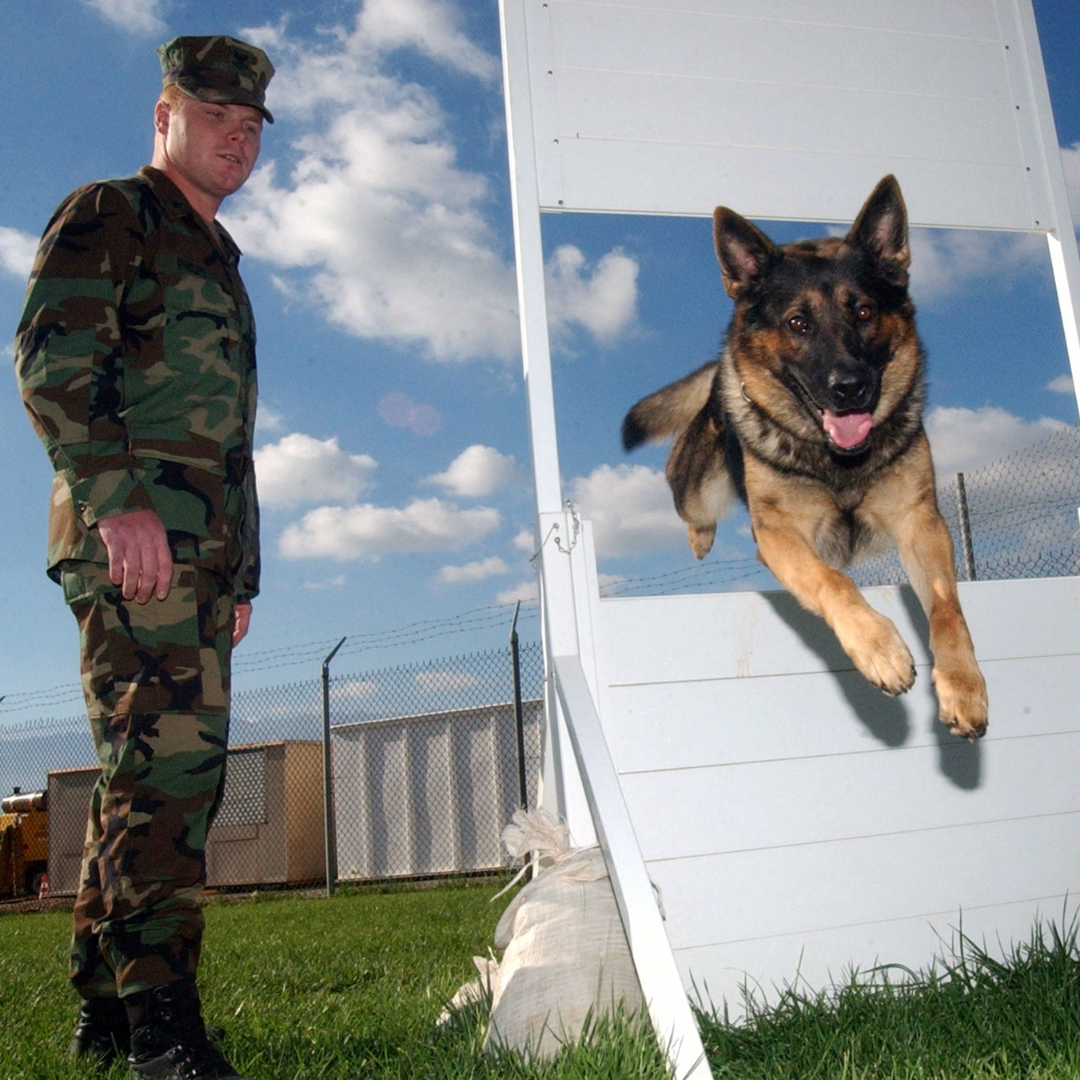The Benefits of Choosing Dog Training Near Me for Tailored Solutions
The Benefits of Choosing Dog Training Near Me for Tailored Solutions
Blog Article
Unlock Your Dog's Possible: Proven Pet Dog Training Techniques for Success
Effective dog training is a nuanced procedure that depends upon understanding canine actions and employing medically backed methods. Dog training. By including positive support, establishing clear commands, and prioritizing socializing, pet owners can grow an efficient relationship with their pets. Difficulties often occur that need customized solutions and an individual method. Exploring these shown approaches discloses not just the potential for behavior enhancement but likewise the much deeper bond that can be created between owner and pet dog. What crucial methods must be taken into consideration to truly unlock your dog's capacity?
Understanding Pet Dog Behavior
Understanding dog behavior is crucial for effective training and fostering a favorable partnership between canines and their owners. A detailed understanding of canine body movement, articulations, and social interactions is vital for identifying their feelings and requirements. Pet dogs interact mostly with non-verbal signs; as an example, a wagging tail might show exhilaration, while pinned ears can signify fear or submission.

In addition, environmental variables play a considerable role in forming a dog's actions. Changes in regular, new environments, or the presence of strange individuals can cause tension or anxiousness in canines. Acknowledging these triggers enables proprietors to reduce damaging reactions and establish ideal training techniques.
Inevitably, a deep understanding of canine habits lays the structure for successful training approaches, improving both habits and the total bond between the canine and its proprietor. dog training near me. This expertise is essential for cultivating a well-adjusted, pleased canine buddy
Favorable Reinforcement Techniques
Efficient training relies heavily on favorable support techniques, which have been shown to produce substantial lead to shaping preferred habits in pets. This approach involves awarding a pet dog for showing specific behaviors, thus boosting the chance that these behaviors will be repeated. Benefits can take different kinds, consisting of deals with, appreciation, playthings, or playtime, depending on what motivates the private canine.

It is crucial to slowly terminate rewards as the pet dog discovers the behavior, transitioning to intermittent reinforcement. This strategy preserves the habits in time while avoiding reliance on continuous incentives. By concentrating on favorable reinforcement, instructors can grow a trusting relationship with their pets, promoting a healthy and cooperative training environment that enhances overall obedience and performance.
Developing Regular Commands
A fundamental element of successful pet dog training is the facility of regular commands. Uniformity in commands is important for reliable interaction in between the trainer and the canine. When commands are consistent, pet dogs discover to link details words with wanted actions, which accelerates the training process and enhances understanding.
To establish consistent commands, it is important that all member of the family use the same terminology and gestures. For instance, if one person makes use of "rest" while one more states "take a seat," it can produce complication for the pet dog. Select clear, unique words for commands and guarantee everybody included in the dog's training adheres to these choices.
Reinforce commands via frequent technique, making sure that the dog obtains sufficient opportunities to react correctly. When a pet successfully adheres to a command, instant favorable reinforcement needs to comply with.
Last but not least, be client. Establishing constant commands takes time and effort. With devotion and clearness, you will certainly help your dog develop a strong understanding of expectations, inevitably causing a well-behaved buddy.
Socializing and Exposure
Interacting socially a dog is necessary for fostering a confident and well-adjusted friend. This process includes revealing your canine to a range of settings, people, and other pets to create their social abilities and adaptability. Early socialization, preferably in between the ages of three to fourteen weeks, is vital, as it lays the groundwork for a canine's future habits.
Throughout socializing, purpose to offer positive experiences in different setups, such as parks, active streets, and homes with other animals. Introduce your pet dog to numerous stimulations, consisting of sounds, sights, and smells, guaranteeing that each experience is fulfilling. This direct exposure helps mitigate worry and stress and anxiety, leading the method for a much more durable pet dog.
Engaging in regulated group play sessions with various other pet dogs can additionally enhance social skills, instructing your pet dog ideal communications and limits. Focusing on socialization will significantly contribute to your dog's total happiness and behavior throughout their life.
Overcoming Common Educating Challenges

Pets might have a hard time to concentrate in active or strange settings. Gradually desensitize your dog to disturbances by beginning training in a peaceful atmosphere and slowly introducing even more stimulations as they end up being competent.
Additionally, behavioral concerns like leaping or extreme barking can become irritating. Address these by educating different habits, such as resting calmly when welcoming guests. Consistency and perseverance are critical; strengthen desired actions constantly and prevent scolding, which can result in confusion.
Lastly, identify that each pet dog is distinct, and training timelines might differ. Tailor your strategy to your canine's specific requirements, and seek professional guidance if needed. With determination and the appropriate methods, conquering jeff gellman dog trainer these obstacles can result in a trained, pleased canine friend.
Final Thought
To conclude, unlocking a pet's possible requires a comprehensive technique that includes an understanding of canine habits, the application of favorable reinforcement methods, and the facility of consistent commands. Early socializing and direct exposure to diverse settings further improve a canine's flexibility and confidence. By dealing with usual training challenges with tailored methods and patience, a participating and harmonious relationship between pet and trainer can be promoted, inevitably resulting in a well-behaved buddy with the ability of thriving in different circumstances.
Reliable dog training is a nuanced process that hinges on comprehending canine habits and using medically backed methods.Recognizing pet behavior is important for efficient training and promoting a favorable partnership in between pets and their proprietors.Effective training advice relies heavily on positive reinforcement techniques, which have been shown to produce considerable results in shaping preferred behaviors in canines. When commands are uniform, canines learn to associate specific words with desired behaviors, which accelerates the training process and improves understanding.
In final thought, unlocking a canine's potential necessitates a comprehensive approach that incorporates an understanding of canine actions, the application of favorable support methods, and the establishment of consistent commands.
Report this page